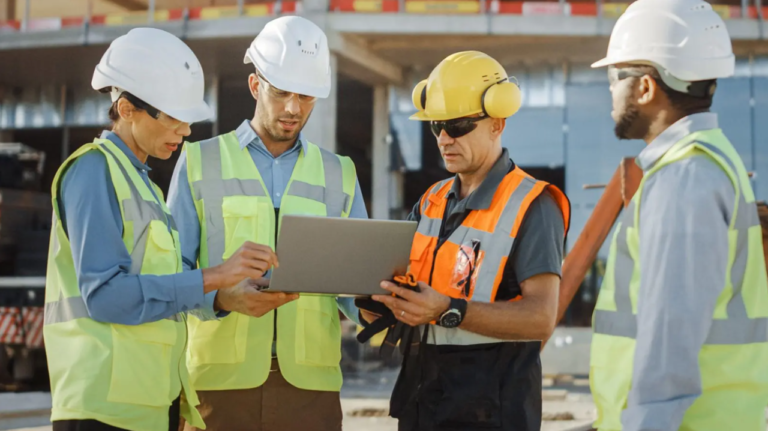Construction projects of all sizes and scopes must follow a complex set of regulations known as building codes. These codes are designed to ensure structures’ safety, durability, and sustainability. Adhering to these codes requires diligent effort from construction companies, as failure to do so can lead to serious consequences such as fines, project delays, or even structural failures. We will explore how a construction company ensures they comply with building codes, focusing on the steps they take to meet regulatory requirements at every project stage.
Developing an In-Depth Knowledge of Local Building Codes
The first step construction companies take to ensure compliance is acquiring a comprehensive understanding of the local building codes applicable to the region where they operate. Building codes can vary significantly from one area to another, influenced by climate, population density, and local infrastructure needs. Construction companies often employ or work closely with individuals well-versed in these regional differences, ensuring that their projects adhere to the specific codes that apply to their location.
Construction companies invest time and resources into researching and staying updated on these codes, which are periodically revised. This includes keeping up with changes in zoning laws, safety regulations, and environmental standards. A lack of knowledge or misinterpreting these codes can result in substantial setbacks. As a result, most construction companies regularly review official government documents, work with local authorities, and attend industry-specific seminars or workshops. They may also hire code compliance officers or consultants who interpret and apply the most current building regulations. By doing so, companies can avoid costly mistakes and maintain the integrity of their projects.
Integrating Code Compliance into Project Design and Planning
Once construction companies clearly understand the relevant building codes, they integrate these requirements into the earliest stages of project design and planning. This process involves working closely with architects, engineers, and project managers to ensure the project’s design adheres to all applicable regulations. Compliance with building codes often influences fundamental aspects of the design, including the structural layout, materials used, and even the placement of windows and doors.
Incorporating code compliance into the design phase ensures that the project will meet regulatory standards and prevents issues from arising later in the construction process. For instance, if a building’s foundation or framework does not meet code requirements, it could be necessary to halt the project and make expensive adjustments. To avoid this, construction companies ensure that their design teams thoroughly review all building plans for code compliance before construction begins.
Additionally, construction companies may use building information modeling (BIM) software to simulate the project and analyze how it aligns with building codes. BIM allows teams to visualize the project and address potential compliance issues before they become real-world problems. This technology helps construction companies save time and money while meeting all regulatory requirements.
Coordinating with Local Building Authorities
Another key strategy construction companies use to ensure code compliance is maintaining strong communication and collaboration with local building authorities. These authorities enforce building codes and conduct inspections to verify that projects comply with all regulations. Establishing a good working relationship with these authorities can help construction companies navigate the complexities of code enforcement more effectively.
Throughout the construction process, companies must obtain permits and undergo various inspections to confirm compliance at different stages. Building authorities may inspect aspects such as plumbing, electrical systems, fire safety features, and structural integrity. These inspections are typically scheduled at crucial points in the project timeline, such as after the completion of the foundation or the installation of major systems like HVAC.
By coordinating with local authorities early and often, construction companies can identify and address potential compliance issues before they become major obstacles. This may involve submitting detailed documentation, scheduling regular inspections, and consulting with inspectors to clarify ambiguous code requirements. Proactive communication with building officials helps construction companies keep their projects on track and ensures they fully comply with local regulations.
Construction companies employ a multifaceted approach to ensure compliance with building codes, starting with a thorough understanding of the local regulations and incorporating these codes into every project phase. From design and planning to training workers and coordinating with local authorities, companies take a proactive stance to avoid violations and ensure that their structures are safe, durable, and legally sound. Through regular audits, constant education, and collaboration, construction companies maintain their commitment to building code compliance, contributing to the success of their projects and the safety of the communities they serve.
